The 10 Coolest CPU/GPUs Of 2013 (So Far)
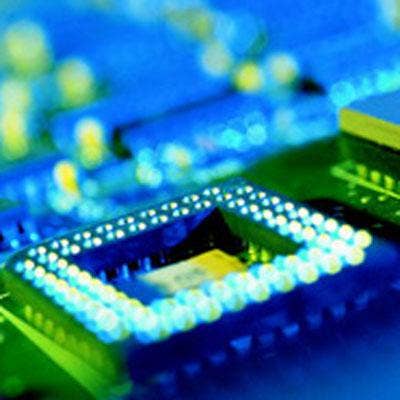
Sizzling CPUs, GPUs
With the growth of mobile devices and ultra-thin notebooks, not to mention the growing focus on more energy-efficient data centers, microprocessors and graphics processors have evolved at a fast pace. Here are some of the standout CPUs and GPUs that have powered some of the newest smartphones, tablets, desktops and servers.
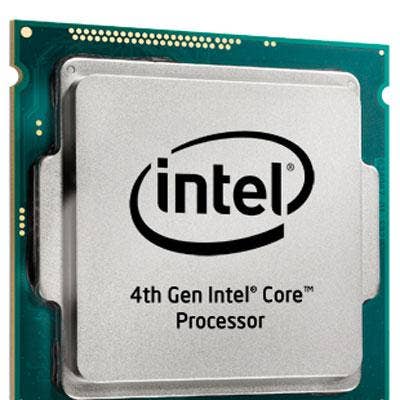
Intel 'Haswell' Core i7-4770K
Intel once again updated its Core family of PC processors with its new 22-nm architecture, code-named "Haswell." This time around, the fourth-generation of Intel's new Core processors focuses more on energy efficiency and graphics improvements. Intel's Core i7-4770K is the cream of the Haswell crop; the quad-core chip comes with eight threads and runs at 3.5 GHz with the ability to hit 3.9 GHz in Turbo mode. In the graphics department, the new Core i7 model comes with the Intel HD Graphics 4600 processor for high-definition and 3-D video support (another Core i7 processor, the 4770R, comes with Intel's more powerful Iris Pro 5200 graphics engine for even higher resolutions). While the Core i7-4770K offers a significant increase in CPU performance from the previous Ivy Bridge release of 2012, the Haswell chip, according to Intel, is 50 percent more energy-efficient.

AMD FX-9590 5-GHz CPU
AMD made headlines last month by trumpeting its first-ever 5-GHz desktop processor, the FX-9590. The latest edition of AMD's FX family of CPUs comes with a whopping eight AMD "Piledriver" cores and will run at 5 GHz at maximum Turbo mode (4.7 GHz in standard mode). The processor is designed with "aggressive" performance for mega-tasking and intensive applications such as 3-D modeling. The FX-9590 comes with AMD's Turbo Core 3.0 technology, plus 8 MB of L2 cache and 8 MB of L3 cache. The new 5-GHz chip also features AMD Overdrive technology for overclocking plus Catalyst Control Center for multidisplay support.
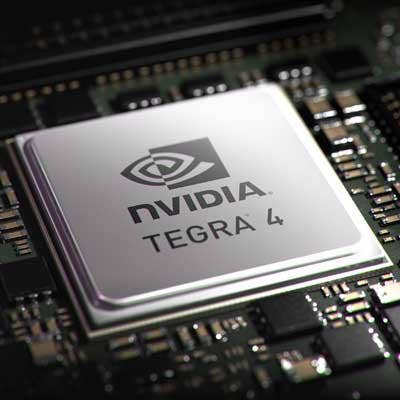
Nvidia Tegra 4
Nvidia's fourth-generation mobile processor was introduced, once again, in early January at the Consumer Electronics Show, and like previous releases, the Tegra 4 arrived with some notable improvements. The mobile system-on-a-chip (SoC) boasts a quad-core ARM Cortex-A15 processor running at 1.9 GHz, plus a second-generation power-saving core to boost battery life. Nvidia's Variable SMP architecture allows the SoC to use the single battery-saving core for low-power tasks while shifting heavier tasks to the four primary cores for maximum performance. The Tegra 4 also features 72 graphics cores that process graphics six times faster than the Tegra 3 platform, according to Nvidia, and can support Ultra HD resolutions of up to 3,200-x-2,000.
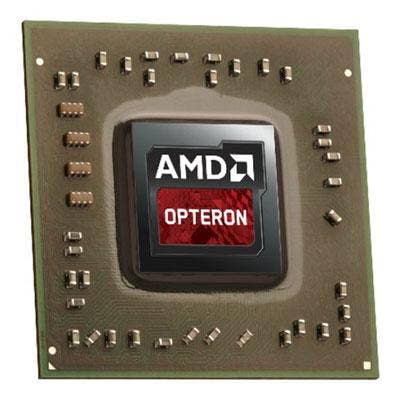
AMD Opteron X2150 X Series APU
AMD got into the low-power server processor market this year with its new Opteron X-Series family. The Opteron X2150 is especially unique for AMD because it's based on the company's APU (accelerated processing unit) architecture, which integrates both CPU and GPU engines with a high-speed bus on a single die. The server chip consumes as little as 11 watts while running at up to 1.9GHz. The Opteron X2150 also can handle big graphics workloads, thanks to its 128 graphics cores courtesy of AMD's integrated Radeon HD 8000 graphics technology. Built on AMD's "Jaguar" 64-bit x86 core architecture, the new Opteron APU looks to challenge Intel's Atom processors in the low-power server market.
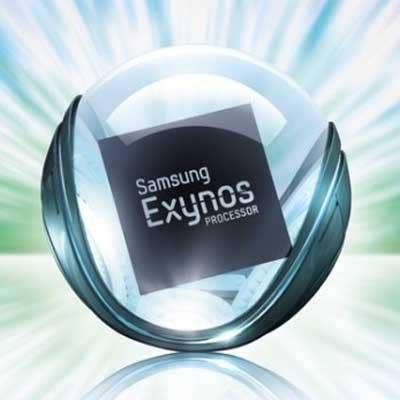
Samsung Exynos 5 Octa
It wasn't that long ago that smartphones made the jump to dual-core processors. Samsung, however, quickly upped the ante this year with its Exynos 5 Octa—and if you're wondering what the 'Octa' refers to, well, it's the processor's eight cores. While that may seem like overkill for a smartphone, Samsung puts the Octa to good use by having one quad-core ARM Cortex-A15 processor, running at up to 1.8GHz, as the primary CPU for heavy lifting, while a second quad-core ARM Cortex-A7 processor, running at up to 1.4GHz, handles lighter tasks while consuming less power. Hailed by Samsung as the world's first octa-core mobile processor, the Exynos 5 Octa is featured in the international version of the Samsung Galaxy S4 smartphone.
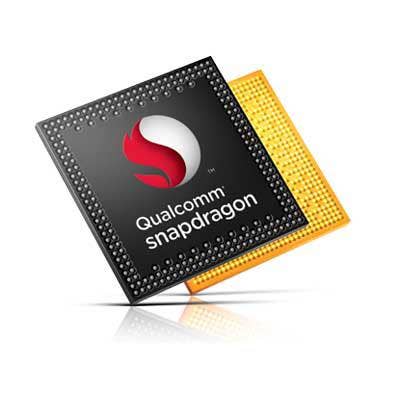
Qualcomm Snapdragon 600
It may not be as flashy as Samsung's eight-core Exynos 5 Octa processor, but Qualcomm's Snapdragon 600 is a worthy successor to the ultra-prevalent Snapdragon S4 mobile SoC from 2012. The Snapdragon 600 was released earlier this year but is already powering some of the top smartphones on the market, including the HTC One, the LG Optimus G Pro and select models of the Samsung Galaxy S4. The 28-nm quad core CPU runs at up to 1.9GHz and also comes with an Adreno320 GPU, plus integrated LTE, Bluetooth 4.0 and 802.11n/ac wireless support. Designed to improve the Snapdragon's performance per watt and power-optimization, the 600 model is a worthy successor to the Snapdragon S4.

Nvidia GeForce GTX Titan
There are graphics card, and then there are supercomputer-level graphics cards. Nvidia's GeForce GTX Titan is the latter. Introduced in February, the Titan is Nvidia's latest powerhouse halo product, and it packs a huge punch; the card features Nvidia GK110 28-nm GPU, which is coincidentally the same technology that powers the Oak Ridge National Laboratory's Titan supercomputer. The GeForce GTX Titan lives up to its namesake, too; the card features 2,688 Nvidia CUDA cores, 7.1 billion transistors, 4.5 teraflops of computing power and 6 GB of GDDR5 memory. Even with all that power, the GeForce GTX is somehow surprisingly quiet with Nvidia's "vapor chamber" cooling system and streamlined airflow design.

AMD Radeon HD 7990
Not to be outdone in the graphics card race, AMD followed up Nvidia's release of the GeForce GTX Titan with the dual-GPU Radeon HD 7990 graphics card. The new flagship card packs a 950-MHz engine with up to a 1-GHz speed in AMD's 'Boost' mode, plus 6 GB of GDDR5 memory, 8.2 TFLOPS of single precision compute power and more than 8.6 billion transistors.The Radeon HD 7990 can support six displays, thanks to AMD's Eyefinity technology, and AMD's PowerTune technology allows users to enable automatic overclocking to maximize frame rates. The new graphics card also comes with AMD's ZeroCore Power technology to improve energy efficiency by shutting down one of the two GPUs at idle to reduce the card's power consumption, heat and noise.

Nvidia Quadro K6000
Nvidia revamped its Quadro line of GPUs for professional and mobile workstations with the new K6000 series, which the company says is the fastest and most capable professional-grade GPU ever built. The Quadro K6000 offers up to five times the compute performance and nearly double the graphics power of the previous Quadro 6000 series, according to the company. Based on Nvidia's Kepler architecture, the Quadro K6000 GPU comes with 12 GB of GDDR5 memory plus nearly 3,000 streaming multi-processor (SMX) cores. The new workstation GPU also supports four simultaneous displays and up to 4K HD resolutions.

AMD Radeon HD 8970M
With an eye on laptop gaming, AMD recently launched the Radeon HD 8970M mobile graphics card, which the chip maker says is the fastest notebook graphics card ever released. Built on AMD's GCN architecture, the mobile graphics card comes with 1,280 stream processors and can deliver 2,304 single compute GFLOPS (or GigaFLOPS). The Radeon HD 8970M offers an 850-MHZ clock speed, with the capability to reach 900 MHz through AMD's Boost, plus 4 GB of GDDR5 memory. The card also comes with AMD's Enduro technology, which is designed specifically to extend laptop battery life by automatically adjusting graphics performance. The Radeon HD 8970M also comes with AMD's Eyefinity technology to support up to six simultaneous displays.